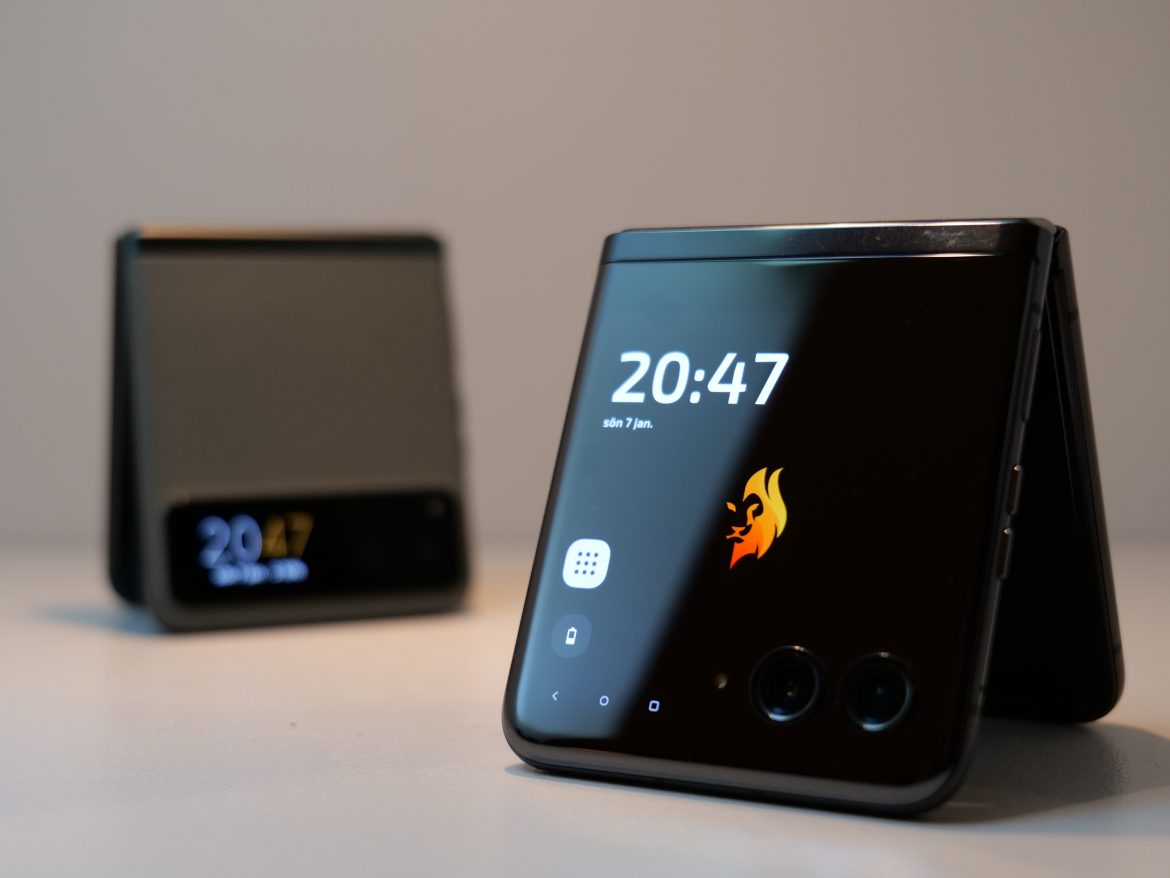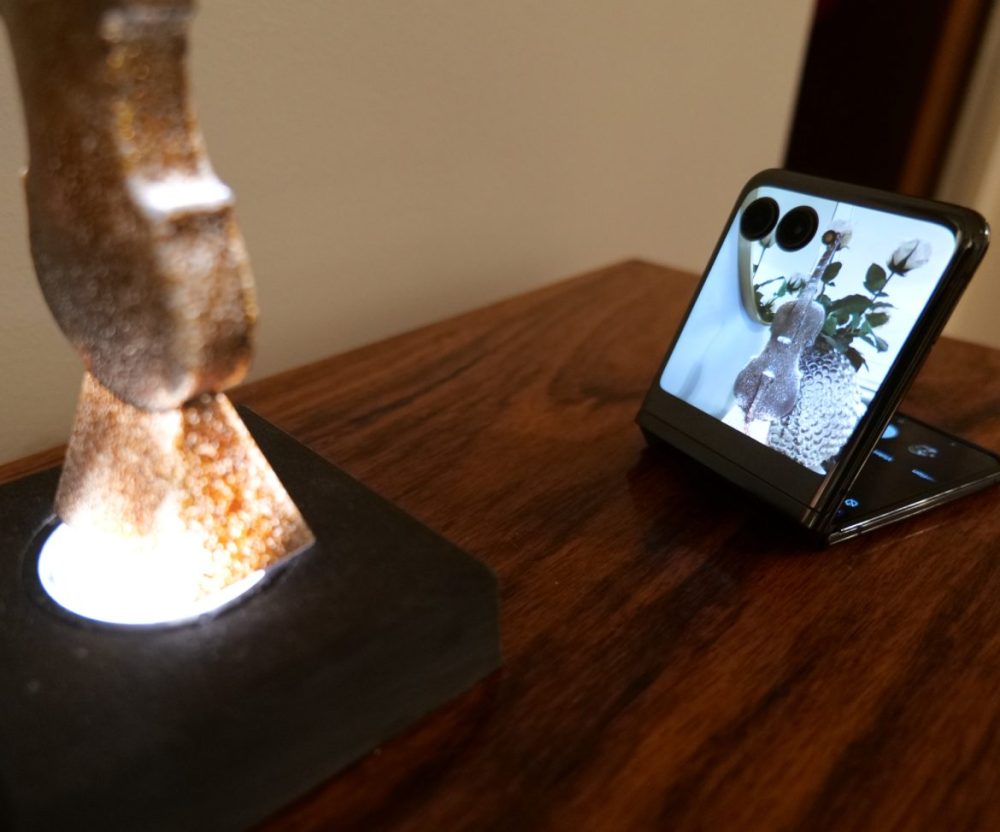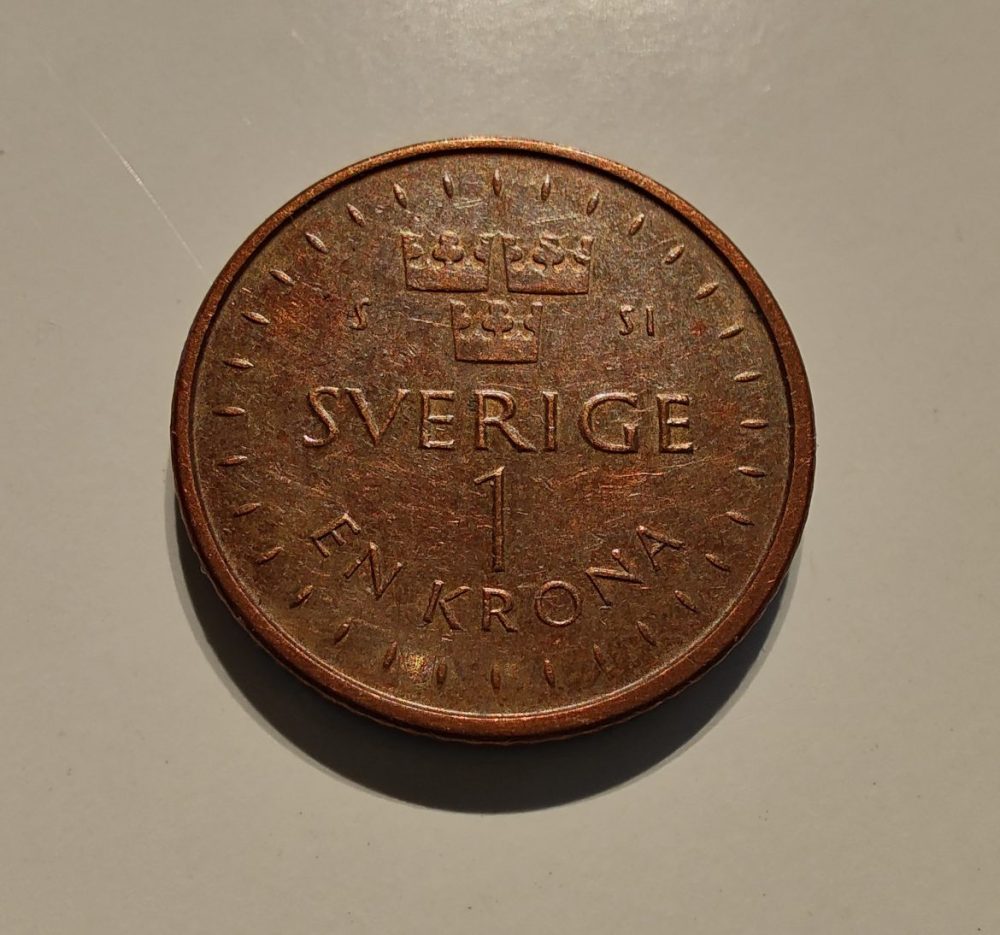TL;DR
The Motorola Razr40 Ultra elevates the foldable experience with a luxurious design and a significantly larger, more functional external display that surprised reviewers with its utility, especially for messaging and quick checks. Despite a slightly smaller battery and a lower megapixel count on the main camera, real-world battery life was comparable to its sibling, and image quality remained pleasing. The Ultra boasts a faster processor for enhanced responsiveness. While low-light photography and capturing fast-moving subjects can be a challenge, the innovative features like the horizontal lock for video and the ease of taking group photos make it a compelling, albeit pricier, upgrade over the Razr40. Discover if the premium features justify the investment in our in-depth review.
Following our review of the Motorola Razr40 in late 2023, where we highlighted its appealing features and Motorola’s characteristic innovation, we were eager to evaluate the slightly more refined, capable, and responsive variant. We were pleased to have the opportunity to do so and have gathered significant insights. These include understanding the advantages of a larger external display, assessing the impact of a smaller battery, and determining whether the enhancements justify the price difference.
This review focuses on the Motorola Razr40 Ultra.
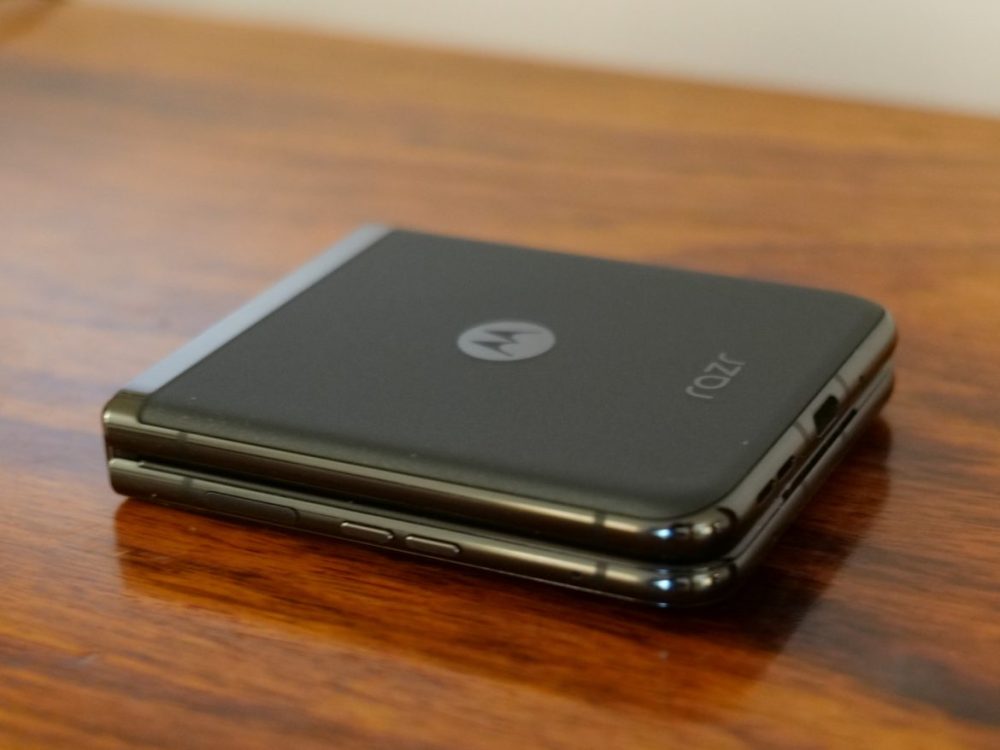
About Our Testing Methodology
As detailed in our Motorola Razr40 review, our objective is to provide readers with a practical assessment of the phone within the context of everyday use, rather than focusing solely on benchmark results and theoretical data. We believe that real-world performance is paramount, as this is where users are most likely to encounter both the strengths and weaknesses of a device.
Given the similarities between the Motorola Razr40 Ultra and the Razr40, we will primarily concentrate on the key differences identified during our evaluation. The most significant of these is the external display, but we will also explore other notable features that may not be immediately apparent.
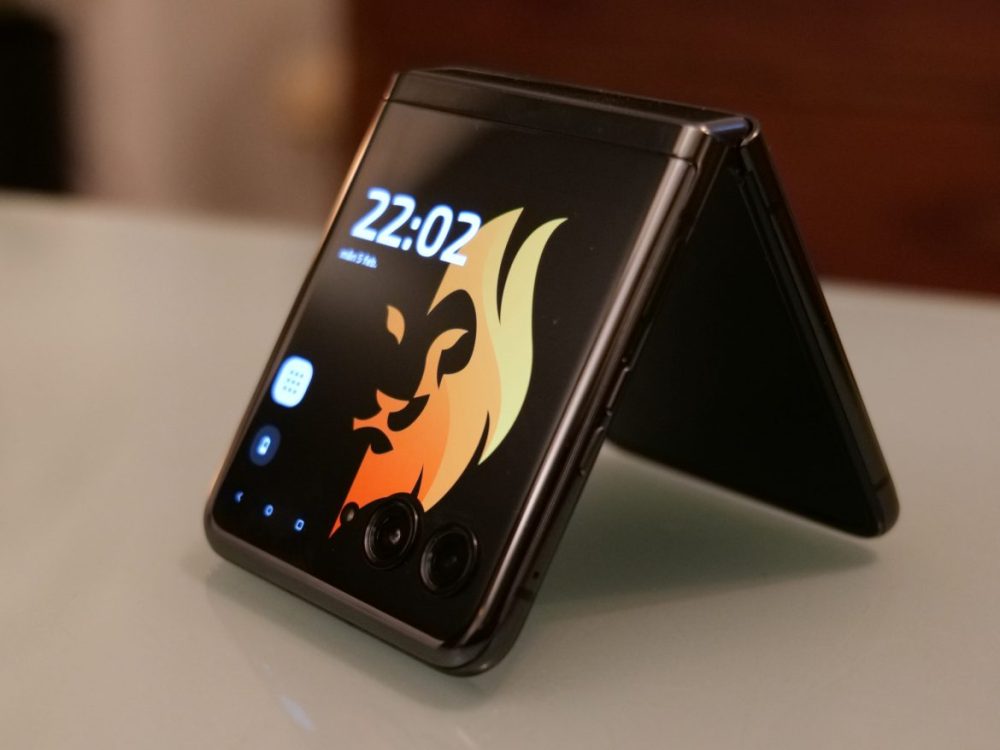
Initial Impressions of the Motorola Razr40 Ultra
The Razr40 Ultra presents a distinctly different experience upon unboxing. The ruggedness of the Razr40 is replaced by a sense of luxury and elegance. The prominent external display immediately highlights a more significant divergence than initially anticipated. After transferring data, charging, and initial exploration, we began our evaluation, noting our observations.
We found the included case to be a temporary solution. While it offers reassuring edge protection for the external screen, it quickly accumulates dust and debris, potentially leading to scratches on the device’s otherwise refined surface. Moreover, the case diminishes the phone’s aesthetic appeal. Superior third-party alternatives are readily available.
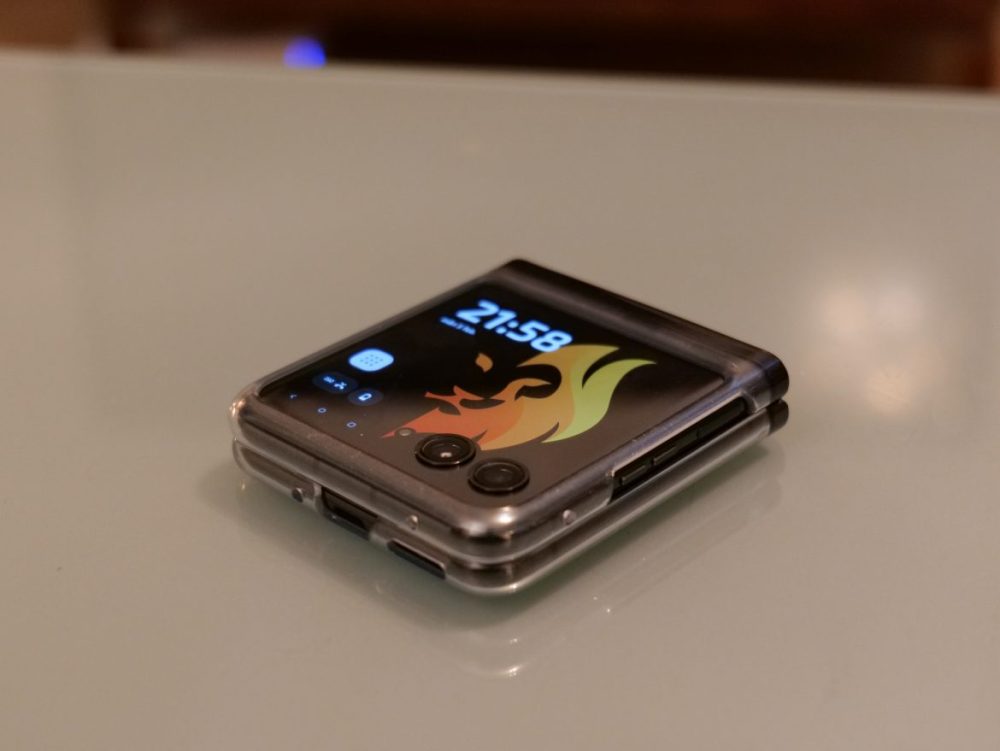
Without the case, increased caution is advised, as the Razr40 Ultra feels relatively delicate, particularly the external display. It effectively presents half the surface area of a standard phone, yet with a concentration of weight that raises concerns about potential damage from drops. Its surface is also notably more slippery than the Razr40’s vegan leather exterior.
The battery capacity is 400 mAh smaller than the Razr40, while retaining the same charging specifications (30W wired TurboPower charging and 5W wireless charging). The device features an upgraded processor (Snapdragon 8+ Gen 1 versus Snapdragon 7 Gen 1) and a superior chipset. In our daily usage, we observed no significant difference in battery life, potentially due to factors such as increased utilization of the external display, which may conserve power.
The External Display
The Motorola Razr40 Ultra boasts one of the largest external displays among foldable phones, measuring 3.6 inches with a resolution of 1,066 × 1,056 (413 ppi). In our Razr40 review, we noted the inconvenience of needing to open the phone to access certain core functions. While folding the phone provided immediate protection against unintended actions such as pocket dialing, the Razr40 Ultra’s implementation is less straightforward.
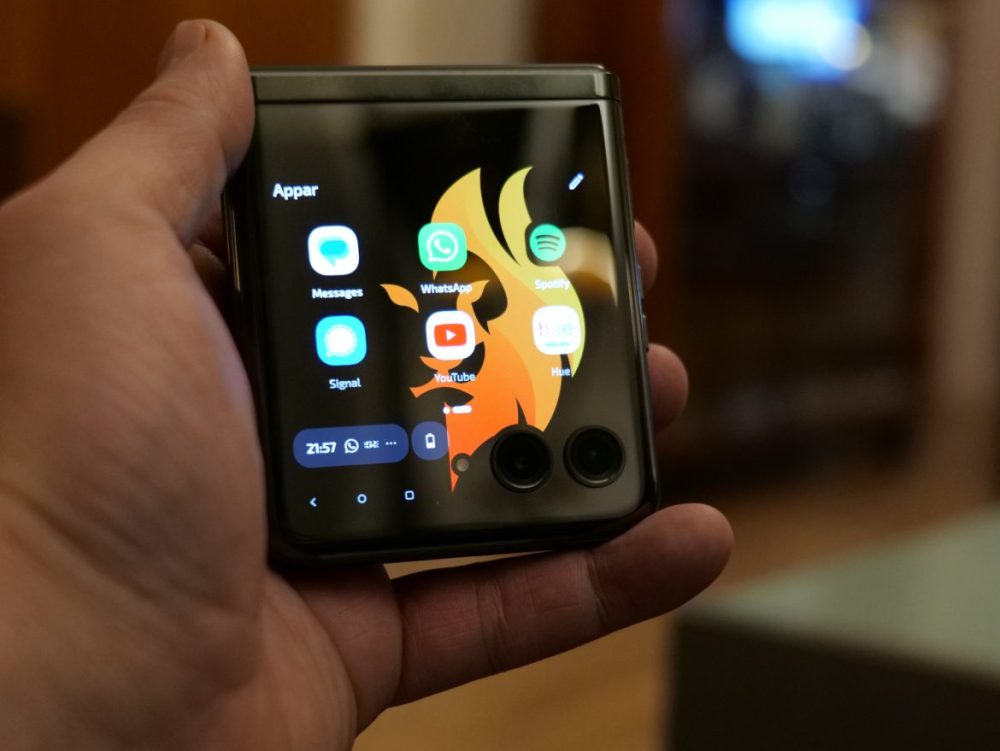
Initially, users select the applications accessible on the external display, and discretion is advised. Overloading the screen can reduce responsiveness, as the external display shares similarities with a smartwatch in terms of functionality. While many tasks are possible, not all are suited to the limited screen size.
Communication applications such as Signal, WhatsApp, and Messages prove particularly convenient (the entire external display transforms into a keyboard for text input). With minimal acclimation, users can quickly assess the urgency and context of incoming messages and notifications. Standard Android menus are readily accessible, providing access to essential controls. The small display facilitates a surprising degree of productivity.
However, downsides exist. The Razr40’s folding mechanism offered inherent protection against unintended actions in a pocket. The Razr40 Ultra’s larger display and responsive fingerprint reader reduce this protection, potentially resulting in accidental screen activation, mirroring the behavior of conventional smartphones.
The Camera in the Motorola Razr40 Ultra
During our Razr40 testing, we observed Motorola’s propensity to incorporate features and functionalities that compensate for the phone’s inherent limitations. Examples include the “chop twice for flashlight” and “twist twice for quick capture” gestures. The Razr40 Ultra includes additional unique, practical, and appealing features.
Technical Specifications
We were surprised to find that the Razr40 Ultra’s external main camera is only 12 MP with an f/1.5 aperture. While acknowledging the multifaceted nature of image quality and potential low-light benefits of fewer pixels, this still represents a compromise. The Razr40, in contrast, featured a 64 MP main camera with an f/1.7 aperture. Despite this difference, Motorola believes the resolution to be sufficient, and we concede that the resulting images are detailed and visually pleasing.
Notable Features
In video mode, the camera offers a horizontal lock function. This feature, best illustrated by the accompanying video clip, is invaluable for tracking subjects during filming, ensuring a stable and level recording. This function is unavailable when filming in 4K.
The external display significantly simplifies group photos. In conjunction with the phone’s foldable design, a tripod becomes unnecessary, as Motorola emphasizes. Simply position the phone, align the shot, and raise your hand to initiate a countdown timer. The process is remarkably seamless.
A 960 frames-per-second slow-motion mode is included. While requiring ample light, this mode delivers exceptionally captivating and visually impressive results.
Camera Drawbacks
The camera’s speed and light sensitivity are not exceptional. Our testing during the dark Swedish winter presented suboptimal conditions. Capturing high-quality images in low-light scenarios proves challenging.
The AI enhancement, which we found unsatisfactory on the Razr40, persists. However, disabling this feature results in improved image quality on the Razr40 Ultra compared to the Razr40. It remains unclear whether this improvement is due to software updates or hardware enhancements.
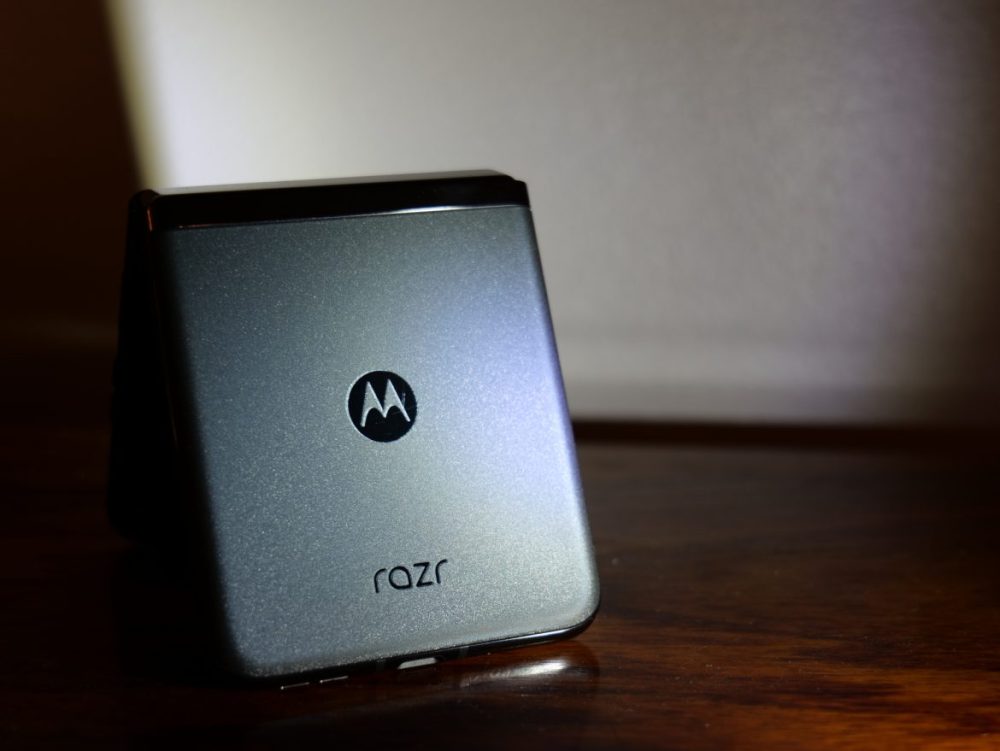
Overall Impression of the Motorola Razr40 Ultra
The primary concern lies in the camera’s performance with moving subjects. While successful shots are possible, reliability in capturing decisive moments is questionable.
Despite this, the Motorola Razr40 Ultra offers several compelling features that enhance its appeal. Users adapt to their phone’s strengths and weaknesses, and Motorola’s intelligent features facilitate and streamline this process. Over time, these functions become intuitive and missed when using other devices.
Regarding its value proposition, determining a reasonable price point in the current smartphone market, where flagship models often exceed 20,000 kronor, is increasingly challenging. The Motorola Razr40 Ultra is currently priced around 13,000 kronor, approximately 3,000 kronor more than the Razr40. In this context, the Ultra version is the preferred choice. The external display is exceptionally useful and exceeded our initial expectations. We observed no significant battery life reduction during typical usage, and the Razr40 Ultra’s improved responsiveness is likely attributable to its more powerful processor.
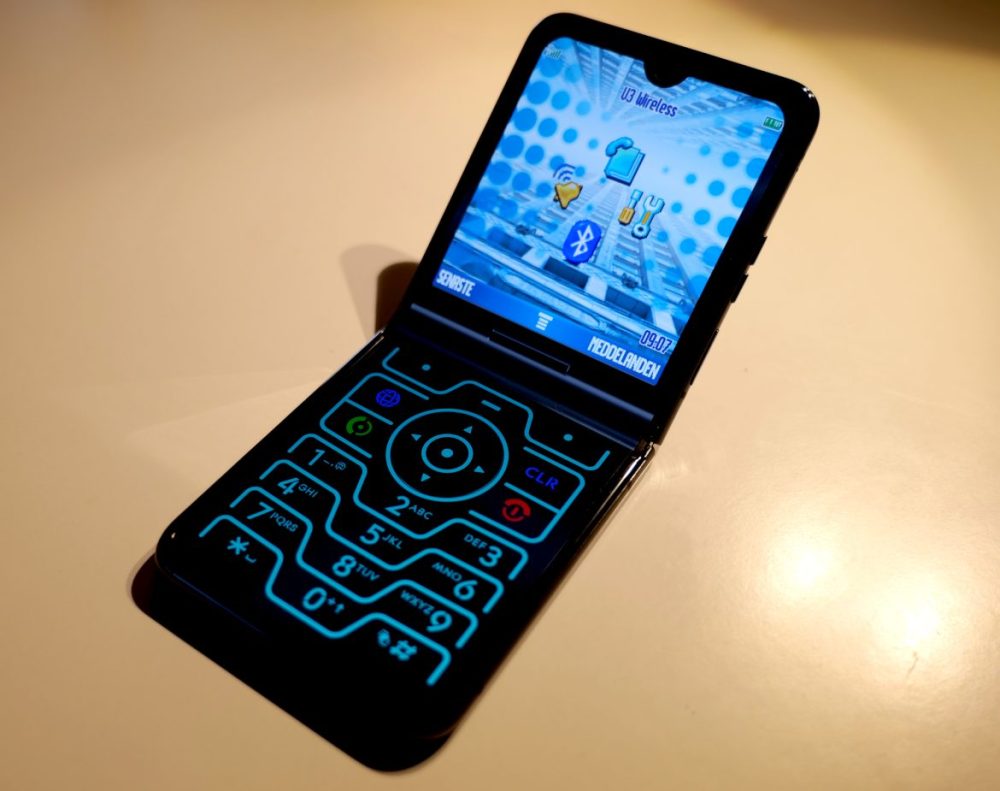
In conclusion, we are generally impressed with the Motorola Razr40 Ultra and consider it a worthy successor to the original Razr. Those with nostalgia for the Motorola Razr V3 will find this a compelling and modern reimagining.
Motorola provided review units for this evaluation. The provision of review materials does not influence our editorial independence. Our reviews are conducted independently with the interests of our readers and consumers as our primary focus.
